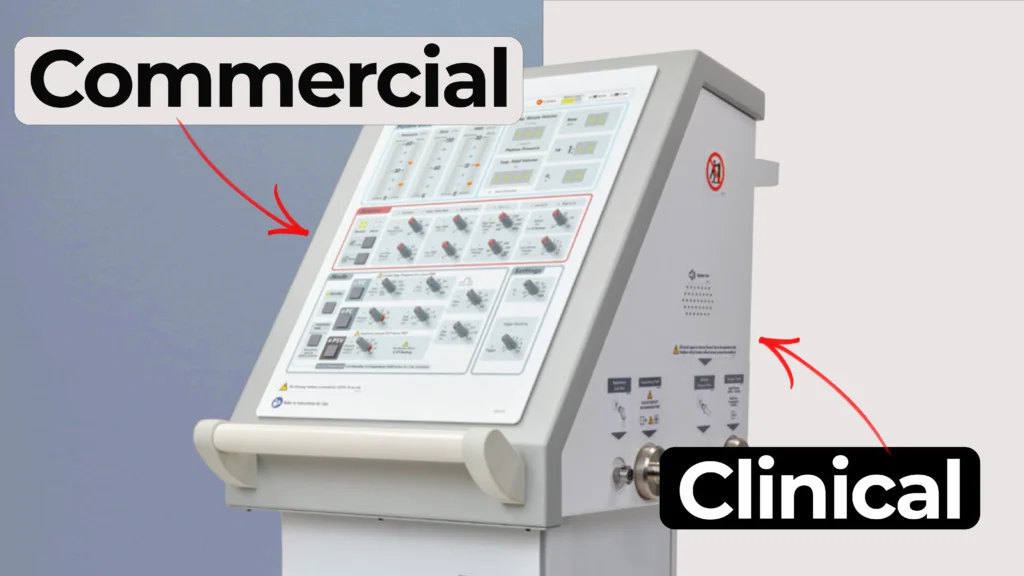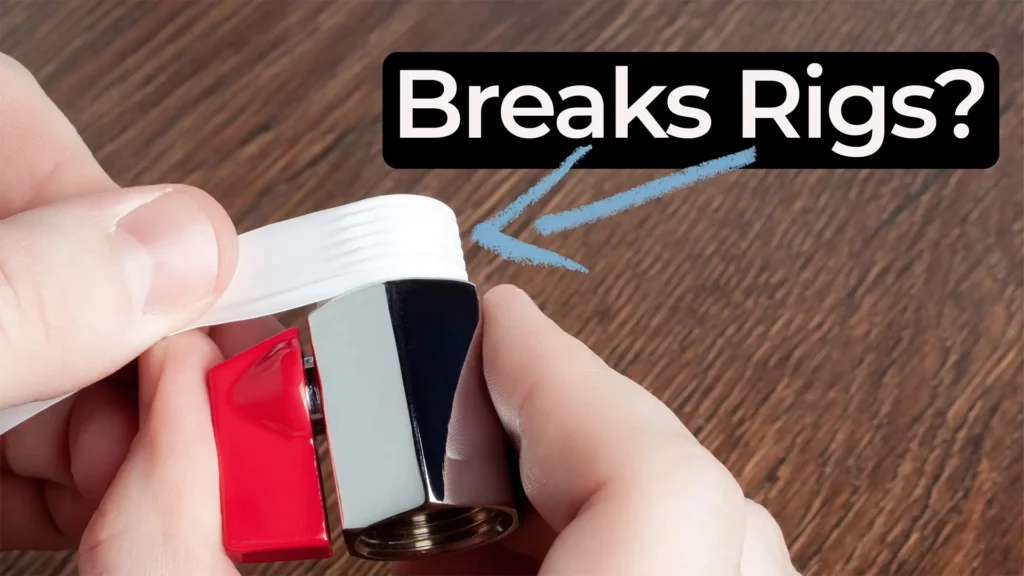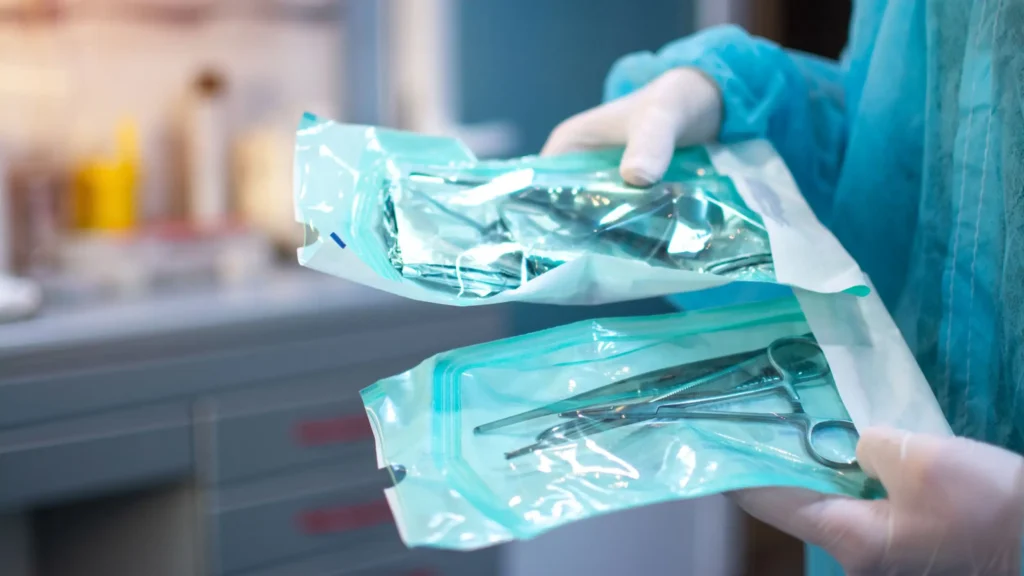
8 Client Traits That Maximize Your MedTech CDMO Partnership
You have a great MedTech innovation idea and are trying to decide whether to build a team to commercialize a medical device in-house or hire an outside Contract Development and Manufacturing Organization (CDMO). You want a MedTech CDMO partnership that feels and acts like an extension of your company.
How can you and your company culture thrive in collaboration with a MedTech CDMO? Learn the eight client traits CDMO teams say are key to building strong, successful partnerships.
Self-awareness of core competencies and gaps
A key aspect for success is the ability to recognize your company’s core competencies and where they lack expertise, and then strategically outsource those deficient areas to a CDMO. This self-assessment is one of the cornerstones of a productive MedTech CDMO partnership. This is particularly important in areas like understanding the medical device regulatory landscape and the complexities of commercializing a product. A startup with promising technology but limited knowledge of product development and manufacturing, for example, could greatly benefit from leveraging a CDMO’s expertise in those areas.
Self-awareness is a highly valuable trait, as companies need to honestly assess what they are good at and where their weaknesses lie. This self-knowledge allows them to be open to supplementing their capabilities through a CDMO partnership. However, this self-awareness is not always innate, as some companies may mistakenly think they can easily scale up production or navigate regulatory hurdles without the proper experience.
“Founders often have a small team because they’ve got to protect themselves from the ups and downs. And they want to be able to turn on a machine to make some big thing come true and then be able to turn it off periodically. A CDMO is a great solution for that. CDMOs protect clients from events when they have to downsize or pinches on capital raising that have major equity dilutions. That’s the biggest reason why the founder valuations get crushed in these companies. We can protect them from that.”
Curiosity and openness to new opportunities
Curiosity and an openness to new opportunities are also desirable traits. Companies should be curious about how to best navigate the product development process and willing to explore different applications or indications for their technology. An openness to feedback and a flexibility to adjust course based on data and market feedback is crucial, rather than stubbornly adhering to an original vision.
Balanced focus and flexibility
Focus and the ability to prioritize de-risking key challenges is important, especially in later stage projects. Companies need to be able to recognize when specialized expertise is required and be willing to bring in subject matter experts to solve specific problems. This balanced approach of flexibility and focus is key.
Strong internal communication and alignment
Strong internal communication and alignment between a company’s leadership, technical, and marketing teams is critical for a successful MedTech CDMO partnership. If these groups are not on the same page, it can lead to misaligned goals and priorities that undermine the partnership. The CDMO often gets stuck in the middle, needing to reconcile the risk-averse “don’t lose” mentality of the operational team with the visionary “achieve the dream” mindset of the executive leadership.
“Enterprise companies often like to work with CDMOs because the CDMO is faster and more flexible. They can work within the CDMO Quality System for a while and can move along a lot faster than their quality system. CDMOs are a great solution for them. The enterprise has a big new idea. They want to push it forward rapidly. and they’re concerned that their internal processes might miss the window of opportunity.”
Collaborative dialogue and willingness to challenge assumptions
An ideal client company will engage in an open dialogue with the CDMO, be willing to question assumptions and challenge the CDMO’s recommendations when appropriate. Such open communication is essential for long-term MedTech CDMO partnership success. This collaborative approach, where both sides are open to feedback and willing to find the right balance, is much more productive than an adversarial “Us vs. Them” dynamic.
Clear vision of the product, regardless of development stage or IP status
The stage of a company’s product development and their intellectual property status are less relevant than one might assume. CDMOs can work effectively with clients across the spectrum, from early-stage startups to large corporations. What matters more is that the client has a clear vision of what they want to build before engaging the CDMO, rather than just having a budget to spend.
“CDMOs are like a specialized architecture firm or a specialized law firm. When you connect with people who are real experts, you want to get the benefit of their experience, approach that attitude with drive, but also keep the right amount of openness to what expertise they can bring that will change your thoughts about what you’re doing.”
Geographic proximity facilitates smoother collaboration
Geographic proximity between the client and CDMO, within a couple time zones, can also be beneficial. This allows for better synchronization of working hours and more frequent in-person interactions, which can facilitate smoother collaboration. However, this is not an absolute requirement, as modern communication tools can bridge most of those gaps.
Ambitious drive and vision, balanced with appropriate risk-taking
In addition to the traits already mentioned, an ideal CDMO client should also have a certain level of ambition and drive. CDMOs are not well-suited for companies with modest dreams – they thrive when paired with clients who have big aspirations and are willing to leverage the CDMO’s specialized expertise and resources to help make those dreams a reality. The CDMO can act as a powerful engine to propel the client’s vision forward, but the client must bring the drive and vision to the partnership.
Furthermore, the client should be willing to take on a reasonable amount of risk, while also maintaining a level of conservatism. The typical dynamic sees the CEO/founder as the risk-taking visionary, while the rest of the organization tends to be more risk averse. The CDMO must navigate this balance, encouraging the client to take calculated risks while also ensuring appropriate quality and regulatory standards are met.
“One project getting ready to launch their first product hired a new manufacturing manager who wanted to validate manufacturing to the level that a large corporate would do, which was an inappropriate allocation of resources for the startup client. They hadn’t had the dialog internally about how mature the product should be when they first start selling it. Startups typically will not choose to allocate their resources that way. CDMOs must be sophisticated to do what they do. Hopefully clients are open to dialogs to help them succeed.”
Conclusion
In summary, the key traits that make a company an ideal CDMO client include:
- Self-awareness of core competencies and gaps
- Curiosity and openness to new opportunities
- Balanced focus and flexibility
- Strong internal communication and alignment
- Collaborative dialogue and willingness to challenge assumptions
- Clear vision of the product, regardless of development stage or IP status
- Geographic proximity, though not essential
- Ambitious drive and vision, balanced with appropriate risk-taking
Companies with these successful CDMO client traits and characteristics maximize the benefits of partnering with a MedTech CDMO and increase their chances of successfully navigating the complex medical device development and commercialization landscape. If you identify with the traits above and are contemplating medical device development and commercialization, contact us for a free, no-obligation consultation.
Astero StarFish is the attributed author of StarFish Medical team blogs. We value teamwork and collaborate on all of our medical device development projects.
Related Resources

Understanding how clinical ventilator development differs from commercial ventilator design is essential for teams planning early studies.

Nick walks through a practical Teflon tape lesson that came from real work supporting a mechanical test rig.

Most sterile medical devices begin their journey long before anyone thinks about sterilization. Teams focus on function, usability, materials, and suppliers, then discover that sterilization constraints can reshape many of those early decisions.

After years of working with founders and technical teams, I have learned that early design missteps rarely come from engineering flaws. More often than not, they come from missing conversations.